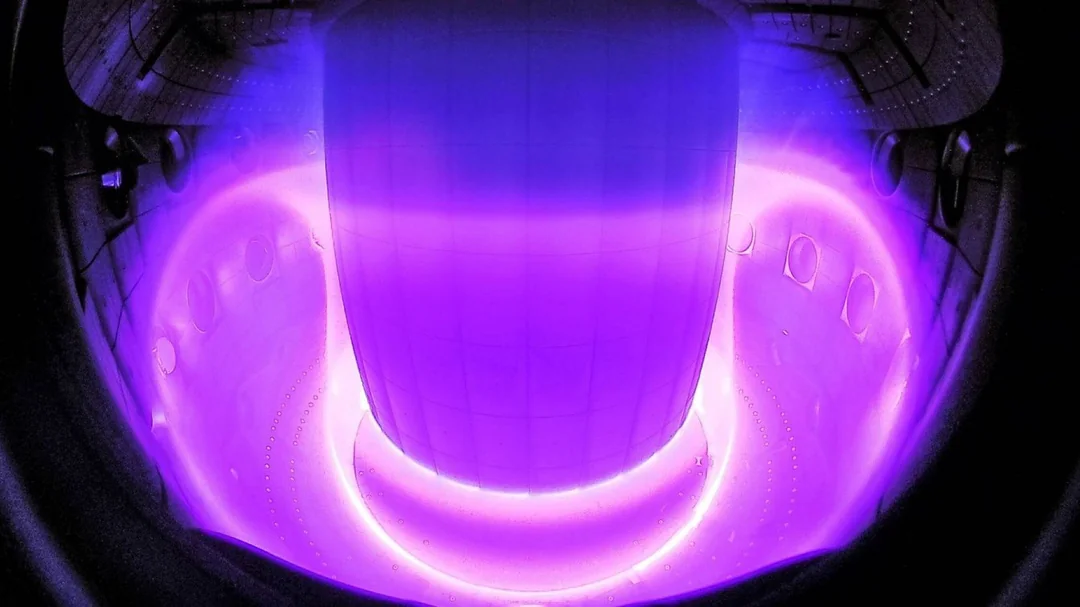Featuring an interview with Matt Gill, CEO of Space Radiation Services
Welcome to “Beyond the Grid,” our Q&A series where we delve into the critical role of power in space. In each interview, we bring you insights from leaders at the forefront of space technology. Today, we feature Matt Gill, CEO of Space Radiation Services, a nuclear engineer turned rocket scientist and an expert in radiation testing and analysis. With extensive experience in multi-disciplinary hardware development, aerospace systems engineering, and designing high-regulation, complex systems, Matt has architected power systems that currently operate on over 100 satellites.
Tackling Power-Related Challenges
Q: What are the biggest power-related challenges you see in developing or deploying space technology?
Matt Gill: One of the biggest challenges revolves around cost and volume constraints. For many satellite manufacturers, solar power is the most expensive component, and fitting the necessary power within limited mass and volume is a constant balancing act.
Analysis: Efficient power generation is essential for satellite operation, but budget and size limitations are significant hurdles. With solar arrays being costly and challenging to integrate into tight spaces, these constraints highlight the need for innovative designs.
Navigating Supply Chain Constraints
Q: How do you see supply chain issues affecting power systems development?
Matt Gill: Although I’m not directly involved in supply chain management, there’s a well-known bottleneck in traditional space solar cell production, from the cells themselves to the coverglass. This constraint seems to impact larger constellations and programs more heavily than smaller projects.
Analysis: Supply chain bottlenecks are a common challenge across the commercial space industry. Current production constraints highlight the need for resilient sourcing strategies, especially for large-scale projects. These limitations will likely continue to influence design and production timelines for new space missions.
Power Systems Enabling the Next Generation of Space Access
Q: How critical do you see solar power systems in enabling the next generation of space?
Matt Gill: New space is all about doing things faster and cheaper. With the lower cost of launches, rideshare opportunities, and more accessible testing options, smaller companies can deploy technologies that were previously accessible only to large agencies. Affordable, readily available solar arrays are crucial to opening space to smaller companies working with limited budgets.
Analysis: Reduced launch costs and advances in affordable solar power systems are helping lower the barrier to entry in space. As power solutions become more accessible, a broader range of companies can bring their technologies to market, driving innovation and accelerating space commercialization.
Matt Gill’s insights shed light on the intricate challenges of power in space—from cost and size constraints to the impact of supply chains and emerging technologies. Stay tuned for more in our “Beyond the Grid” series, where we continue to explore the future of power in space.
Follow us on LinkedIn to stay tuned for more interviews in our “Beyond the Grid” series as we continue to explore the future of space power.


